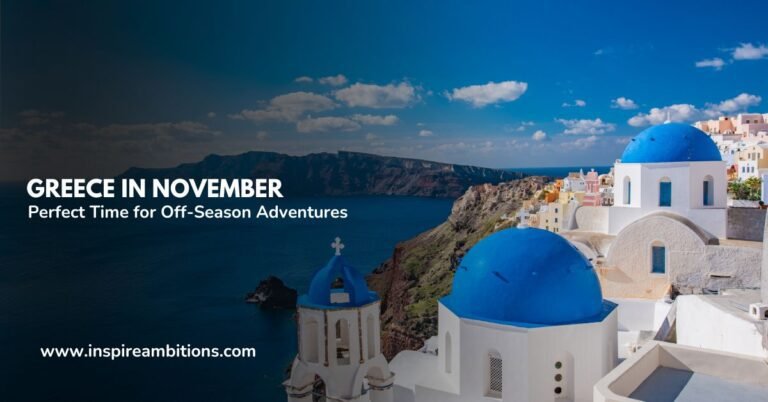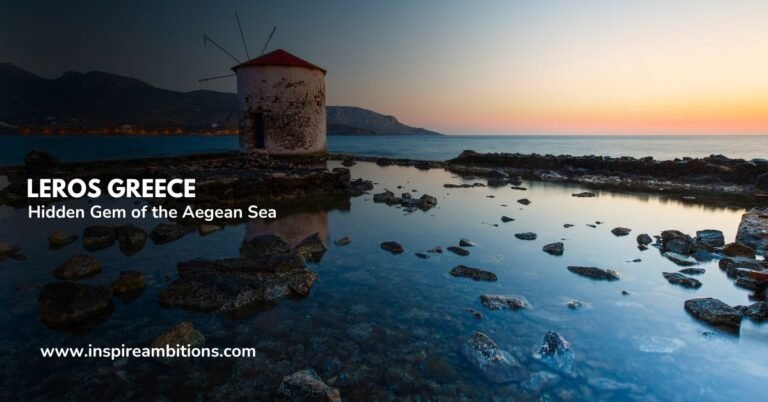Исторические места Италии – Путеводитель по культурным достопримечательностям и наследию
Italy, a country steeped in history, is a treasure trove of cultural heritage, home to an astonishing number of UNESCO World Heritage Sites that span the length of its picturesque landscape.
From ancient Rome’s crumbling ruins to Florence’s art-filled churches, every stone and fresco tells a story of a past that profoundly shaped Western civilisation. Exploring these sites offers a window into the minds of the masters who built empires, forged art, and developed ideas that resonate through time.
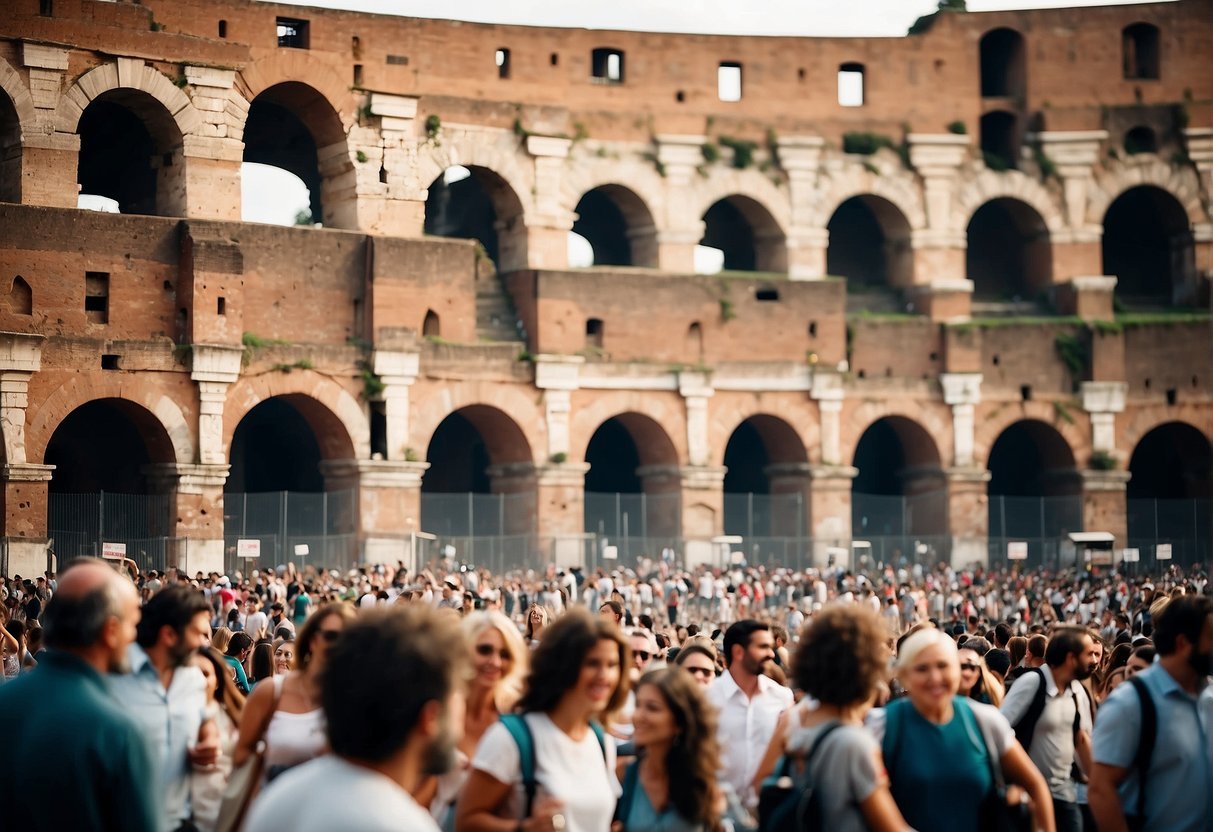
The Italian peninsula’s historic sites are not just relics; they remain active parts of the cities’ fabric, contributing to the living culture and the contemporary identity of the nation.
In Venice, gondolas glide past Byzantine and Gothic palaces, while in Milan, the Gothic Duomo is a testament to centuries of architectural innovation. Preservation efforts by UNESCO and other organisations play a significant role in protecting these sites, ensuring they inspire visitors and locals alike.
Historic Sites in Italy – Key Takeaways
- Italy’s historic sites offer an immersive journey through the country’s extensive cultural and historical impact.
- Italian cities integrate ancient landmarks seamlessly into their modern-day environments, exemplifying a living history.
- Preservation initiatives are crucial in maintaining the integrity and influence of these cultural landmarks for future generations.
Prominent Italian Cities and Their Historic Sites
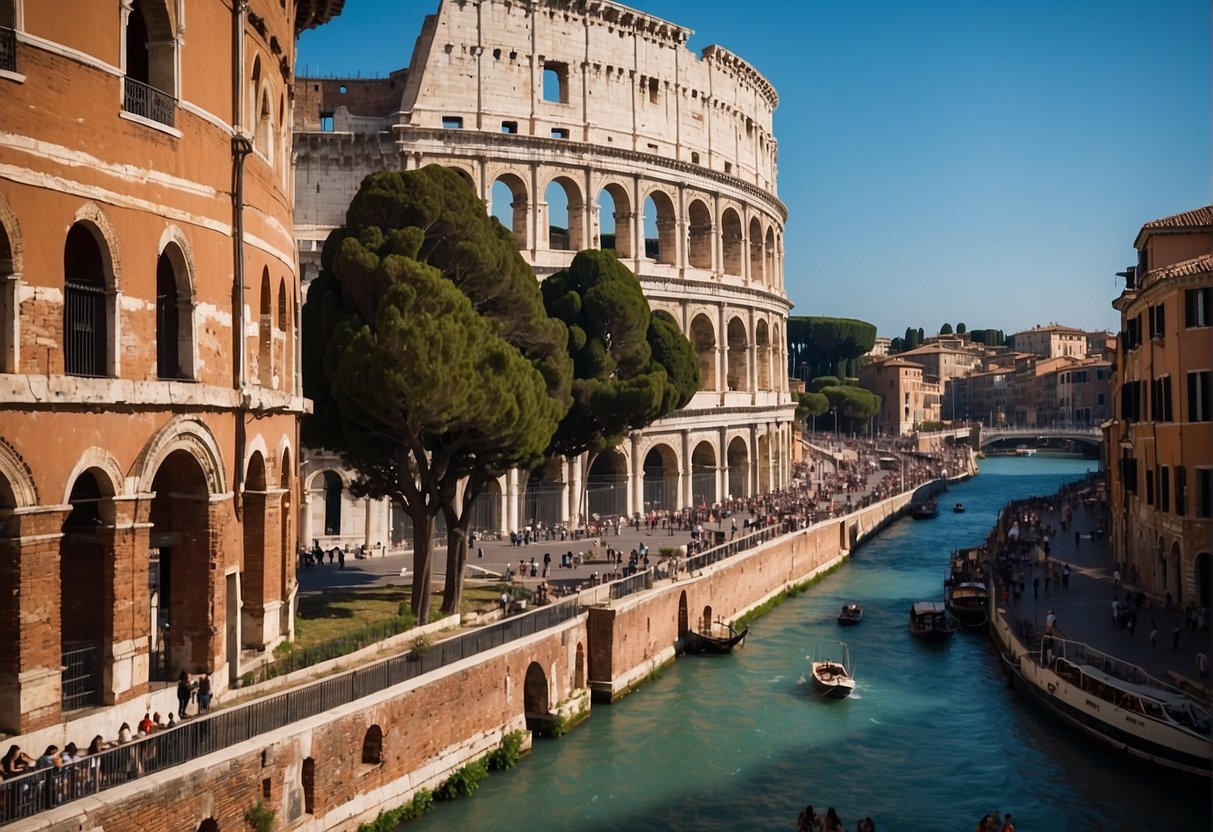
Italy is steeped in history, which is evident in its historical sites, each narrating tales from different eras. From the remnants of the Roman Empire in Rome to the masterpieces of the Renaissance in Florence and the iconic canals of Venice, these cities offer a journey through time with their unique landmarks.
The Eternal City: Rome’s Rich History
- Колизей: The symbol of Rome and an architectural marvel of the Roman Empire. Renowned for its gladiatorial spectacles, it remains a must-visit.
- Roman Forum: Once the heart of Roman public life, you can walk among the ruins where historical figures once trodden.
- Pantheon: An impeccably preserved temple showcasing Roman engineering prowess with its unreinforced concrete dome.
- Ватикан: The world’s smallest sovereign state, housing the majestic Сикстинская капелла and the vast Vatican Museums.
Renaissance Splendour in Florence
- Florence Cathedral (Duomo): Dominates the skyline with its impressive dome designed by Filippo Brunelleschi.
- Галерея Уффици: Home to an extensive collection of Renaissance artwork highlighting Florence’s cultural legacy.
- Палаццо Веккьо: Once the seat of the Medici family’s power, showcasing opulent chambers and impressive artworks.
- Boboli Gardens: A prime example of Renaissance gardens, ideal for a stroll to appreciate the landscape and sculptures.
Venice: The City of Canals and Its Landmarks
- St. Mark’s Basilica: A testimony to Venice’s wealth and artistry, adorned with golden mosaics and relics.
- Гранд-канал: The main waterway, best experienced aboard one of Venice’s iconic gondolas.
- Rialto Bridge: The oldest of the bridges that cross the Grand Canal, a focal point of Venetian commerce and trade.
Prepare to immerse yourself in Italy’s history with these destinations; witness the splendour of Rome, embrace the creativity of Florence, and navigate the waters of Venice.
Historical Architecture and Artistic Legacy
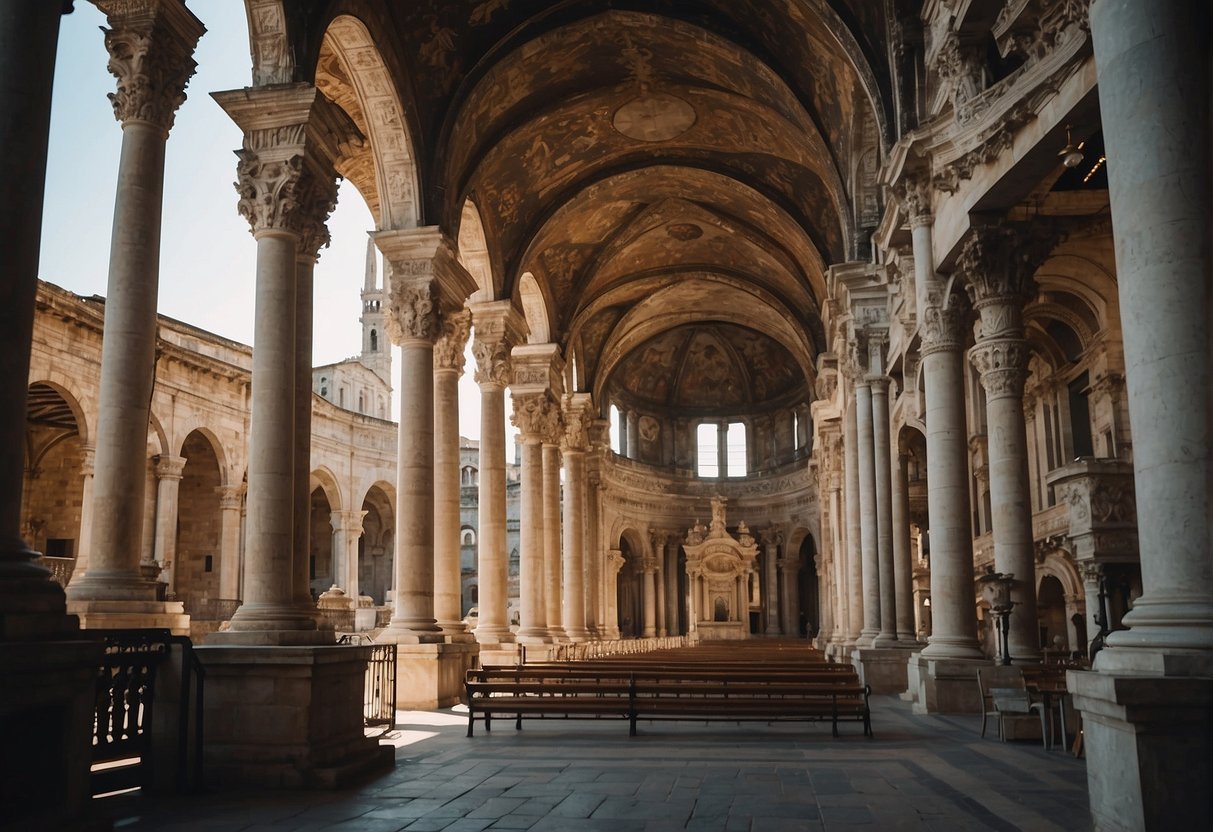
Italy is a testament to human achievement in architecture and art, home to countless historically significant structures and the masterworks of renowned artists.
Churches and Cathedrals: Religious and Architectural Wonders
Italy’s churches and cathedrals are remarkable not only for their sacred significance but also for their architectural prowess. These buildings’ use of мрамор and intricate design elements characterises the country’s rich artistic legacy. For instance:
- Milan Cathedral (Duomo di Milano): This Gothic masterpiece boasts one of the world’s largest churches, notable for its extravagant marble details and numerous spires.
- Santa Maria del Fiore in Florence: Commonly known as the Florence Cathedral, this church is renowned for its red dome, engineered by Filippo Brunelleschi and became an architectural guidepost for the Renaissance.
Masterpieces by Legendary Figures
The Italian artistic heritage is also defined by contributions from legendary figures whose masterpieces transcend time. Some notable instances include:
- Leonardo da Vinci: His world-renowned mural, The Last Supper, located at Santa Maria delle Grazie in Milan, captures artistic and religious dimensions.
- Michelangelo: His statues, such as Дэйвид и Пьета, and his contribution to the Сикстинская капелла showcase a blend of anatomical precision and dynamic force.
- Donatello, Vasari, and Pisano: These artists contributed significantly to sculpture and architecture, enriching Italy’s cultural landscape.
Discover some of the unparalleled historical landmarks in Italy, where each stone and painting has a story narrating the splendour of past eras. Immerse yourself in the world of classical art and take inspiration from the masterpieces by iconic artists.
UNESCO Sites and the Role of Preservation
Italy’s treasure trove of culture and history is encapsulated within its UNESCO World Heritage Sites. Preserving these ancient ruins and historic sites is a tribute to antiquity and a commitment to future generations.
The Ancient Ruins and Sites of Southern Italy
- Пестум: Once a principal city of the Magna Graecia, the remnants of Paestum, including the Temple of Hera и Temple of Neptune, stand as majestic examples of ancient Greek temples in Italy. Regular conservation efforts ensure the longevity of these millennia-old structures.
- Pompeii and Herculaneum: The sites of Pompeii and Herculaneum near Неаполь give a poignant window into life before their destruction by Mount Vesuvius. Their protection ensures the endurance of our insights into ancient Roman life.
- Agrigento: В Сицилия, the Valley of the Temples is a testament to Sicily’s Greek past, showcasing masterpieces like the Temple of Hera. UNESCO’s efforts contribute significantly to the site’s current splendour and educational value.
Protection and Restoration Efforts
- Защита: UNESCO’s commitment to защита implies an oath to guard against environmental pressures, urbanisation, and neglect. This includes measures like controlled access and vigilant custodianship.
- Restoration: Restoring structures such as the Colosseum or the breathtaking art of the Sistine Chapel involves meticulous work to undo centuries of wear. Sites like Villa Adriana and Villa d’Este benefit from restoration projects aiming to revive the grandeur of their heydays.
Optimised Image Example:
Encouraging Readers’ Engagement: As you’ve explored the significance of the protection and restoration of UNESCO World Heritage Sites in Italy, consider delving further into the past glories and current endeavours safeguarding these historic marvels. Share your thoughts on this commitment to preservation, or visit these sites yourself to witness the splendour of Italy’s ancient legacy. Your voice and actions contribute to the ongoing narrative of these timeless treasures.

